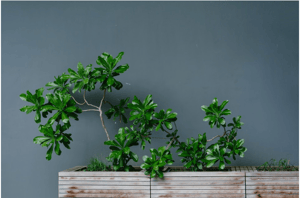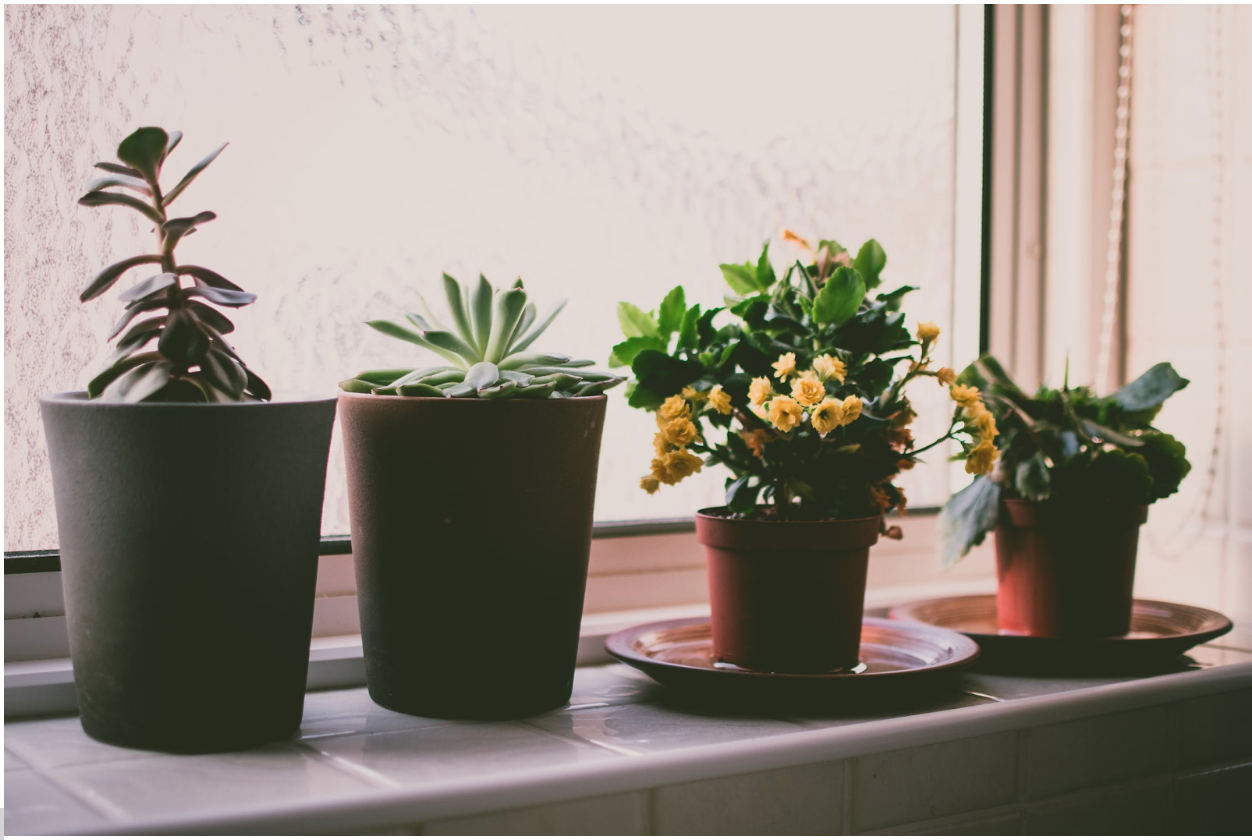 If you have a vegetable garden, you know how great it is to be able to grow fresh produce out in your yard. It’s not just the reward of tending to your plants and watching them grow; a vegetable garden also brings enjoyment to the dinner table.
If you have a vegetable garden, you know how great it is to be able to grow fresh produce out in your yard. It’s not just the reward of tending to your plants and watching them grow; a vegetable garden also brings enjoyment to the dinner table.
As much as you enjoy your outdoor garden, winter inevitably comes around, and then you no longer have those fresh greens you have grown accustomed to. Fortunately, there are ways to grow vegetables indoors to keep your supply of fresh greens going through the winter months – no electric grass trimmer needed. You’ll just need to put a little effort into the project and adapt some of your gardening techniques to account for the different conditions.
Location
An indoor garden could be set up in almost any room. You just need to make sure it is an area that will be consistently warm enough for the plants to survive. Along with setting up an area for your indoor vegetable garden, you will also need to find containers for your plants.
One idea is to buy some pots for your vegetables. You could also consider recycling old plastic containers to create your garden. Another option is to build an indoor planter if you plan to keep this garden going throughout the year.
Lighting
Since your plants are going to be inside, you are going to need to get some type of indoor grow light. Remember, you want to get lights that will provide enough coverage for your indoor garden. You also need to remember to manage the lighting. You can’t just turn the lights on and forget them. You should try turning the lights on every morning when you wake up and then turn them off in the evening. If you need to, you could set a reminder on your phone to make sure the lighting schedule stays on track.
Planting
Once you have the containers set up with a good lighting solution, you can now plant your seeds. With an indoor vegetable garden, you don’t want to plant your seeds as deep. Instead, you should scatter your seeds across the surface of the soil to get a heavy covering. Once you have the seeds spread out, you can then provide a light covering of compost.
Growing Sprouts
You can also use your indoor garden to grow a variety of sprouts. However, this will require a slightly different approach to planting. Before putting the seeds in the container, it can help to soak them in water for a day or two. After that, you would scatter them on the surface and give them a light covering of compost as you did with the other vegetables. Another tip for growing sprouts indoors is to limit the amount of light they get for the first few days. This will force more of the stem to grow as the plant searches for more light.
Watering
You are going to need to set a watering schedule for your indoor vegetable garden as well. For the most part, setting a watering schedule of once every few days is a good rule of thumb, but you want to be careful not to overwater your plants. You should be able to tell when it is time to water by touching the soil to see if it is dry.
As another point, your plants are going to need nutrients. To provide your plants with the nutrients they need, you could consider using a fish and seaweed emulsion about once every week to two.
Harvesting
Once your indoor greens start to grow a few leaves, you should carefully pull them out. You can even use the early leaves in some of your recipes. When the plant gets a little bigger, you will still want to remove the outer leaves and let the rest of the plant grow. At about six weeks, you should have some healthy plants that are ready to produce consistently.
Winter will always seem a little too long for most gardeners. You miss getting out there with your cordless lawn mower to make the yard pristine and getting to work in the garden. You look forward to the bounty your outdoor garden provides. While it might not produce quite as well, having an indoor vegetable garden can be a great way to keep working on your favorite hobby through the colder months, and it can also provide you with some fresh vegetables as you wait for the next growing season to begin.

Rae Steinbach
Rae is a graduate of Tufts University with a combined International Relations and Chinese degree. After spending time living and working abroad in China, she returned to NYC to pursue her career and continue curating quality content. Rae is passionate about travel, food, and writing, of course.





